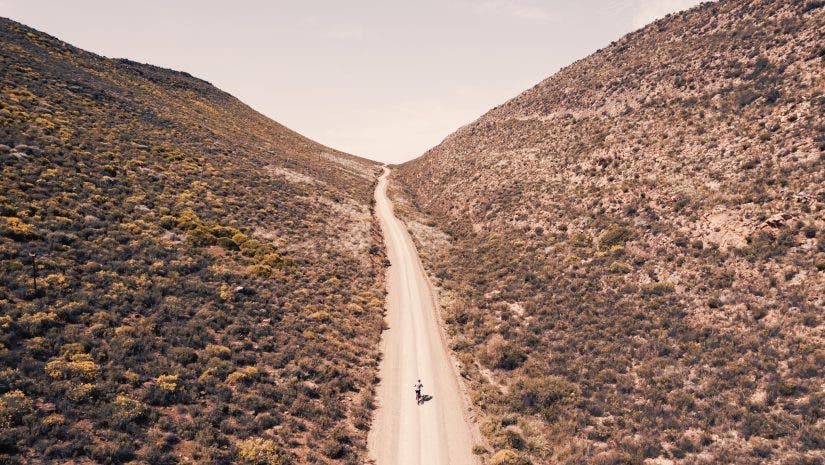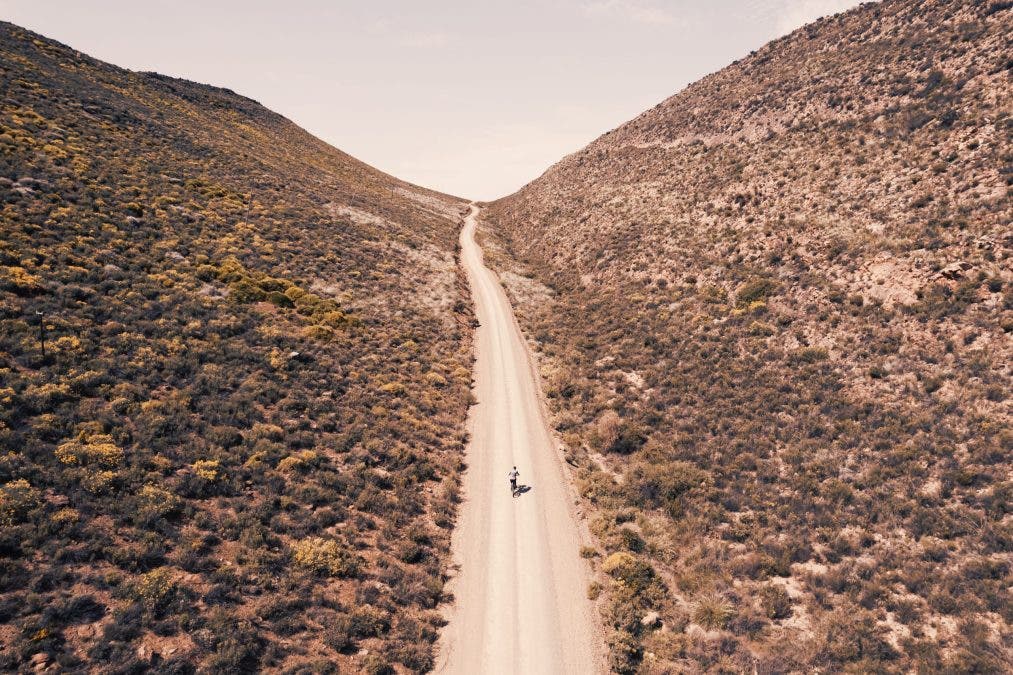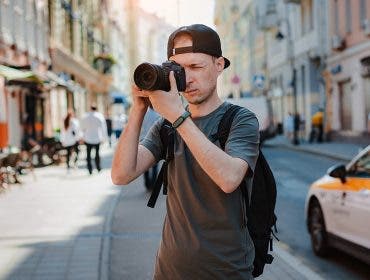In Serengeti National Park, millions of wildebeest migrate annually across the Mara and Grumeti Rivers. A photographer colleague who recently conducted a workshop in Kenya expressed his frustration when a tourist illegally operated a drone on the opposing Tanzanian bank across the river. The drone’s noise distressed the racing animals, causing them to abandon their crossing and flee in the opposite direction. The ill-considered actions of an uninformed drone operator disrupted this remarkable annual natural event.
Drones are increasingly attracting the interest of both professionals and hobbyists. Whether you’re looking to capture stunning aerial images, participate in racing, or simply enjoy the flying experience, choosing the right drone can be overwhelming.
This guide is designed to help you buy your first drone and find the perfect one for your needs.
Define Your Objective
Before you start your shopping journey, clarify your purpose for purchasing a drone. Are you primarily interested in aerial photography and videography, or are you looking for the thrill of flying a fast drone close to mountains, buildings, and objects in a first-person view(FPV)? Understanding your main goal will help narrow your options and guide your decision-making.
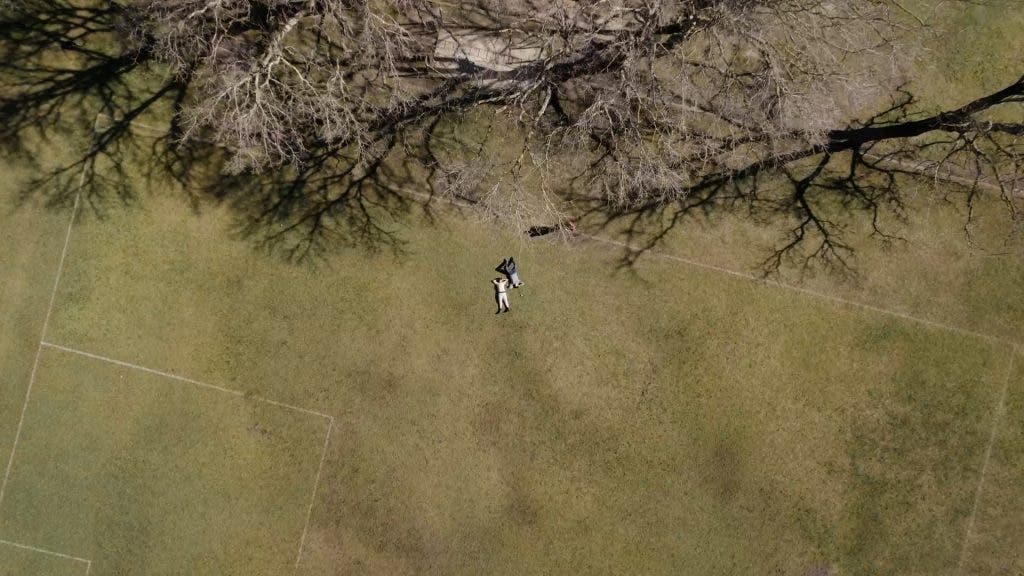
Here are a few examples of a highly reputable drone manufacturer, DJI, to elaborate on how your preference can lead to purchasing a different range of drones.
- DJI Mavic and Air series: These drones are known for their impressive camera capabilities, with high megapixels and 4K or 8K video recording. These are compact and portable, perfect for capturing stunning landscapes and events.
- DJI Avata series: Geared toward those who want to race in FPV, these drones offer high-speed performance for tricks and stunts.
- DJI Mini series: These lightweight drones suit casual flying and photography. Although they have fewer megapixels, they can still record 4K video and are suitable for beginners and more experienced users.
Of course, several brands are available, but DJI is popular for its versatile options.
Essential features to look for
When searching for and purchasing drones, consider the following features to ensure it meets your specific intentions:
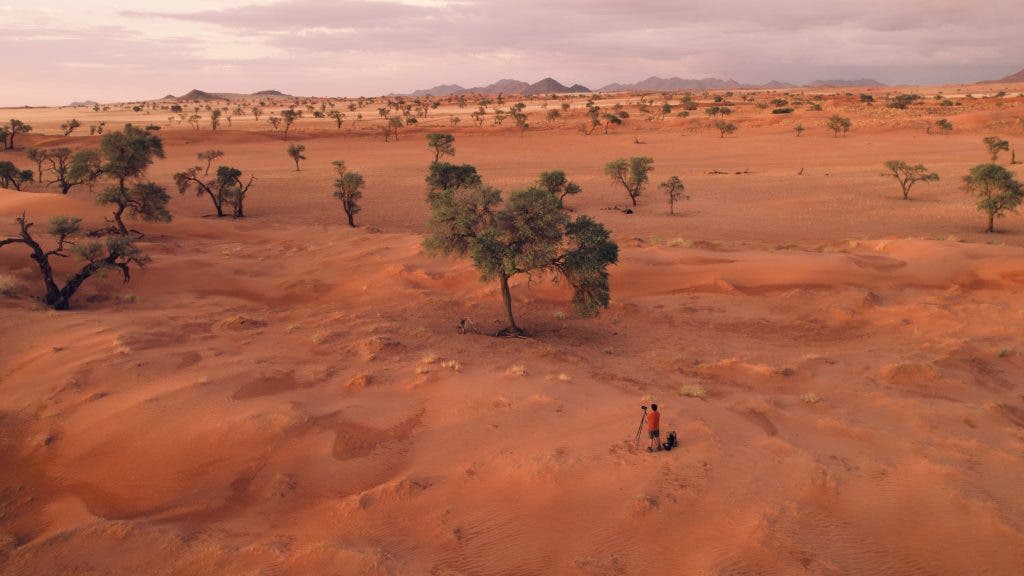
Camera Quality
The camera is crucial if you use your drone for photography or videography. Look for drones with high megapixel counts and video capabilities, such as 4K or 8K recording, to capture high-resolution images and footage. It is preferred to have a drone that can capture raw images and log footage to allow for color grading.
Camera Lenses
Drones with multiple lenses and zoom capabilities are perfect for capturing parallax effects in your videography. These advanced features allow you to seamlessly switch between wide-angle shots and closer for cinematic imagery, providing a dynamic perspective that enhances the depth and richness of your footage. Such versatility makes these drones invaluable tools for professional filmmakers and passionate hobbyists looking to elevate their aerial repertoire.
Flight Time
Battery life is a rate-limiting factor for all photographers and should not be ignored when deciding which machine to buy. Most drones offer flight times between 10 and 30 minutes. Remember that you need to factor in the distance your drone can fly to a place and back. For example, while standing on a beach capturing images of whales or dolphins a few kilometres into the ocean, there’s always a sense of urgency to bring your drone back safely home, the failure of which can be catastrophic.
Ease of Use and Smart Features
User-friendly features such as one-button takeoff and landing, GPS positioning, altitude hold, subject rotation, tracking, return home, obstacle avoidance, waypoints, and various shooting modes such as time lapses are features to take note of when selecting. If a drone can follow your vehicle while it’s in motion or track you while you hike without requiring constant supervision, it’s worth the investment for you as a solo creator. One must often make a trade-off on your priorities when selecting between models while working within your budget constraints.

Range and altitude
Evaluate the drone’s maximum flight range and altitude capabilities according to your needs. The drone’s flight range depends on battery life and the transmission technology used to connect to the controller. While Wi-Fi is convenient, it has a shorter range and is more susceptible to interference. Professional drones typically use RC systems, reaching several kilometres under ideal conditions. Obstacles like buildings and trees can further limit range, so choosing a drone with strong transmission capabilities and considering your flying environment is essential.
Stability and Control
Look for one with sound stabilisation systems and responsive controls. These features help keep the drone stable during flight and make it easier to manoeuvre. Some drones are more stable in strong winds than others.
Durability
Consider the drone’s build quality. A durable frame can withstand minor crashes, which is particularly helpful for novice pilots.
Weight and Size
Depending on your intended use, consider how portable you want your drone to be. Smaller, lighter drones are easier to transport but may have limitations in camera capabilities compared to larger models. Remember that your drone needs to be carried in a case or bag—preferably a specialised one—for protection.
The more features the drone has, the higher the price tag.
Investigate and Read User Feedback
When researching drones, look for online reviews, video demonstrations, and user feedback. Websites, forums, and social media groups for drone enthusiasts are great resources for learning about different models and brands. Be aware of the pitfalls.
Understand Local Regulations
Before flying your drone, familiarize yourself with local laws and regulations concerning drone operation, as these rules can vary significantly depending on your location. Additionally, you may be required to register your drone with the appropriate governing body, especially if it surpasses a specific weight limit. DJI’s Mini Drone series, such as DJI Mini 4, are less than 250 grams and do not require registration in certain countries.
However, the flying zones and other restrictions may still apply. This registration process helps ensure accountability and can contribute to safer airspace management. Another legal aspect is flying drones to sell footage and images for commercial purposes. This requires obtaining a commercial drone license by passing an exam and adhering to aviation regulations.
Many countries have regulations that you read up before, around:
- Bringing drones into a country to prevent confiscation.
- Line of sight needed to be maintained
- Altitude limits
- Flying over private property without permission
- No-fly zone restrictions around airports, military facilities, and populated and public areas
- National Parks permissions/limitations
Understanding these factors helps avoid legal issues and promotes safe and responsible drone operations. Even if you have been to an area before, it is important to revisit local guidelines before each trip because they can change over time.
The Serengeti debacle reflects inconsistencies in laws across the river border of neighboring countries and a lack of drone etiquette.
Additional Accessories
After purchasing a drone, you will need to invest in additional accessories, if the budget allows:
- Extra Batteries: Most models’ flight times are limited to 10-30 minutes. Having spare batteries allows for extended flying sessions and prevents disappointments. Buy a charger that charges multiple batteries.
- Carrying Case: A durable, specialised case can safeguard your drone while being transported and stored.
- Propeller Guards: These help protect the blades from damage during flights, especially as you learn to navigate.
- Propeller Replacement Kits: It’s wise to keep replacements nearby, as propellers can easily break in a crash. Since crashes are inevitable, choose your practice terrain carefully.
- Drone Camera Filters: Filters when purchasing drones is non-negotiable. They manage light exposure, reduce glare, and improve color saturation, producing more vibrant images. For example, neutral density (ND) filters slow shutter speeds in bright conditions for smoother video and beautiful motion blur.
Purchase drones responsibly!
Purchasing drones, especially your first one, can be exciting but daunting. Outlining your goals, setting a budget, and looking for easy-to-use features will help you select a drone that meets your needs. Research extensively, read reviews, and stay informed about local laws. With the appropriate drone, you’ll be prepared to soar into the sky and embark on your aerial adventure!
